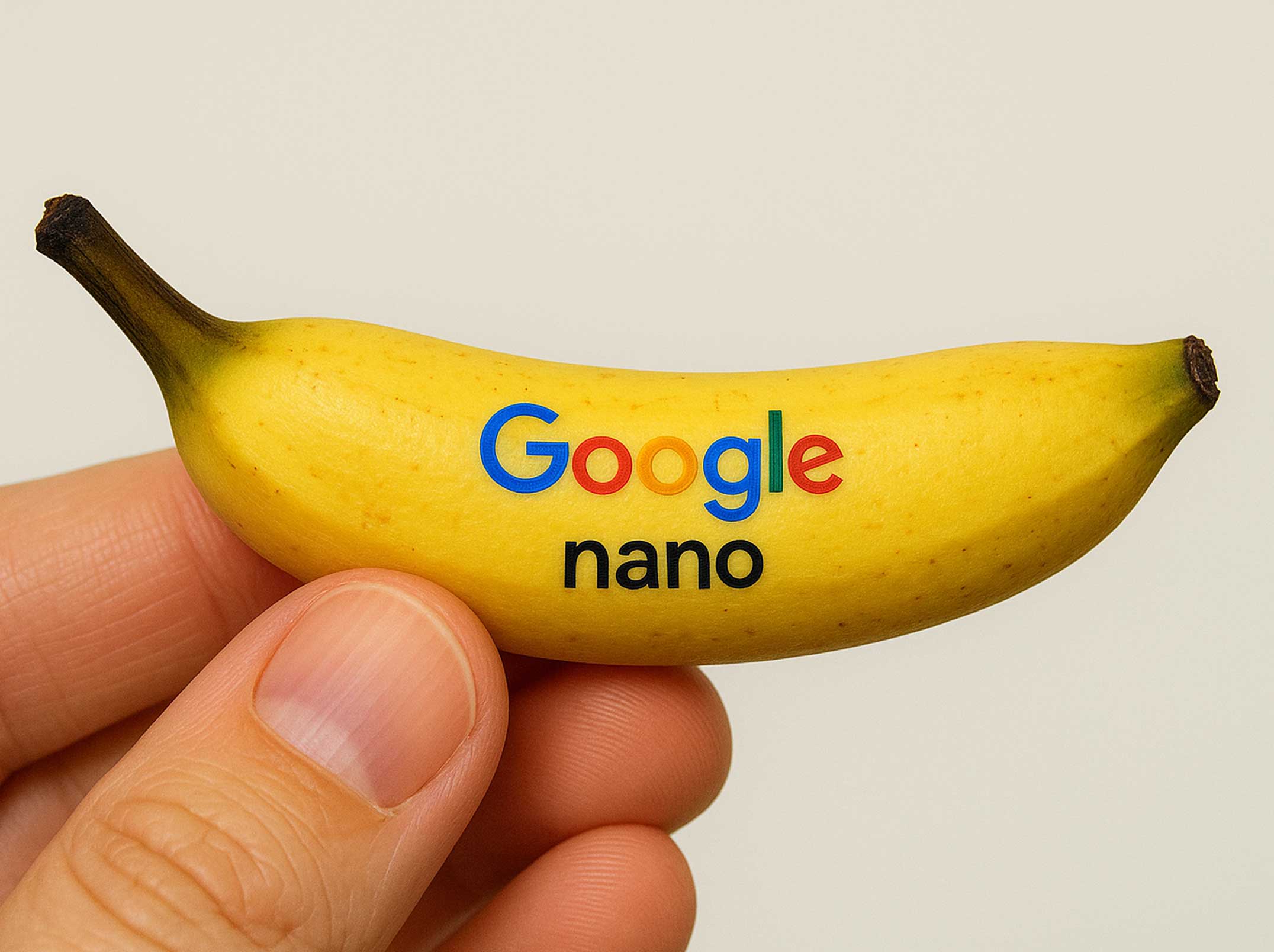Google Ads Hides Low-Volume Keywords for Privacy
Google Ads labels low-volume search terms as 'private' to boost privacy.

The dynamic landscape of digital advertising recently saw a notable shift in Google Ads, specifically within its Performance Max campaigns. Google has begun categorizing certain low-volume search queries as "private." This move directly impacts search terms that receive fewer than 50 unique users over a 90-day period. While the underlying intent is to bolster user privacy, advertisers are now presented with a new challenge: detailed visibility into these less common, yet often highly valuable, long-tail search behaviors has been significantly curtailed. Although granular data for these specific terms is no longer accessible, the platform still aims to provide aggregated insights, allowing advertisers to discern broader performance trends. This evolution signals Google's continued commitment to a privacy-centric approach, prompting advertisers to adapt their strategies for understanding and leveraging search intent in Performance Max environments.
Implications for Advertisers
This evolving privacy landscape within Google Ads creates tangible hurdles for many marketers, particularly in the realm of campaign optimization. The diminished visibility into low-volume queries directly impedes the crucial processes of identifying nascent keyword opportunities and meticulously refining negative keyword lists to filter out irrelevant traffic. This lack of granular insight forces a more generalized approach, potentially leading to less precise targeting and, consequently, a less efficient allocation of ad spend.
However, this shift isn't entirely unexpected; it aligns with the broader industry momentum towards increased automation. The rise of sophisticated smart bidding strategies and AI-driven campaign types, such as Performance Max, inherently reduces the reliance on traditional, granular search term data. These automated systems are designed to identify and act upon conversion signals more broadly, often rendering individual, low-volume query analysis less critical to overall campaign performance.
For advertisers navigating these changes, staying abreast of emerging trends in digital marketing is no longer merely advantageous—it's imperative. Adapting effectively to Google's continuous updates necessitates a proactive understanding of how automation and privacy initiatives are reshaping the advertising ecosystem. This includes re-evaluating traditional keyword strategies, embracing the capabilities of AI-driven tools, and prioritizing holistic performance metrics over microscopic data points.
A Step Toward Enhanced Privacy
Google's recent adjustments to how it surfaces low-volume keywords within Performance Max campaigns are a clear manifestation of a broader, company-wide pivot towards heightened user privacy. Google explicitly states that search queries with minimal user volume possess the potential to inadvertently reveal personally identifiable information, making their filtration from reports a necessary measure.
While the privacy-first intent behind this decision is undeniably sound, its practical impact on advertisers, particularly those operating in niche markets or relying heavily on long-tail keyword strategies, is significant. The reduced visibility into these specific, low-volume search terms inevitably constrains the ability to uncover granular keyword opportunities, thereby affecting the precision of campaign targeting and optimization.
This emphasis on privacy isn't isolated to Google Ads. Advertisers should also be keenly aware of concurrent updates across other Google platforms, including Google Merchant Center. These changes collectively underscore Google's unwavering commitment to reinforcing user data protection, necessitating a proactive and adaptable approach from marketers to maintain effective advertising strategies in this evolving digital landscape.
Strategies to Adapt to the Changes
With the reduced visibility into individual low-volume keywords, advertisers must pivot their optimization strategies to maintain and even enhance campaign efficiency. This new reality demands a more holistic, audience-centric approach:
- Pivot to Broader Keyword Themes: Instead of hyper-focusing on exact-match, long-tail terms that may now be obscured, marketers should concentrate on broader keyword themes and intent clusters. This allows Performance Max campaigns to reach a wider, yet still relevant, audience. The goal shifts from meticulously matching specific queries to understanding the overall search intent and targeting the broader conceptual areas where potential customers reside. This requires robust initial keyword research to identify overarching themes and a willingness to trust the platform's automation to find the most relevant impressions within those themes.
- Amplify Audience Targeting Sophistication: With less granular keyword data, the onus falls more heavily on precise audience targeting. Leveraging advanced audience signals within Performance Max, such as Customer Match lists, remarketing audiences, custom segments (based on interests, URLs, or apps), and detailed demographic filters, becomes paramount. By providing the AI with rich information about who your ideal customer is, rather than solely what they are searching for, you guide the algorithm more effectively, even without explicit keyword insights. This means refining existing customer data, exploring new audience segments, and consistently testing which audience combinations yield the best performance.
- Embrace Aggregated Performance Metrics: The traditional focus on individual keyword performance reports needs to evolve. Advertisers should shift their analytical lens to aggregated campaign performance metrics. This includes closely monitoring overall conversion rates, ROAS (Return on Ad Spend), impression share, and other high-level KPIs across Performance Max campaigns. By identifying trends and opportunities at the campaign or asset group level, advertisers can make informed decisions about budget allocation, creative adjustments, and audience refinements, even without seeing every specific search query that triggered an ad. This data-driven approach, albeit at a macro level, empowers continuous optimization.
This adaptation also draws parallels with other platforms, like YouTube, which have long operated with a different kind of content transparency. Learning from such environments, where understanding broad audience behavior and content engagement drives success, can inform how advertisers build trust and maintain audience engagement in a Google Ads ecosystem with increasingly limited granular data. The emphasis is less on direct manipulation of keywords and more on feeding the AI the right signals and interpreting its aggregated outputs.
Balancing Privacy and Advertising Goals
Google Ads is now marking low-volume search terms in Performance Max campaigns as "private" to enhance user privacy. This impacts queries with under 50 unique users in 90 days. While detailed data for these terms is hidden, advertisers can still see aggregated performance.
This shift, though challenging for granular optimization and identifying new keyword opportunities, aligns with the broader industry move towards automation and AI-driven campaigns. Performance Max, for instance, relies less on individual search terms.
Google's decision stems from a commitment to privacy, as low-volume searches can potentially reveal personally identifiable information. This move extends to other platforms, including Google Merchant Center.
To adapt, advertisers should:
- Focus on broader keyword themes instead of hyper-specific terms.
- Emphasize advanced audience targeting (e.g., Customer Match) to reach relevant users.
- Analyze aggregated performance metrics to identify trends and optimization opportunities at a higher level.
This change reflects the growing importance of data privacy in digital advertising, prompting advertisers to innovate their targeting strategies and leverage broader insights for continued success.
Looking Ahead
As privacy continues to fundamentally reshape the digital advertising industry, businesses that proactively adjust their strategies are undeniably better positioned for long-term success. This isn't merely about compliance; embracing these changes is crucial for ensuring sustained performance and growth in Google Ads campaigns.
Advertisers who prioritize flexibility, cultivate innovative targeting approaches, and adopt an audience-centric mindset can effectively transform these challenges into significant opportunities. This means moving beyond a sole reliance on granular keyword data and instead, building robust strategies around deeper consumer understanding, leveraging powerful first-party data, and interpreting aggregated insights to guide decision-making. By doing so, businesses can not only align with global privacy trends but also foster greater trust with their audiences, ultimately driving more meaningful and sustainable advertising results.
Subscribe to our newsletter
Stay informed with the latest marketing trends, expert insights, and exclusive updates delivered monthly.




